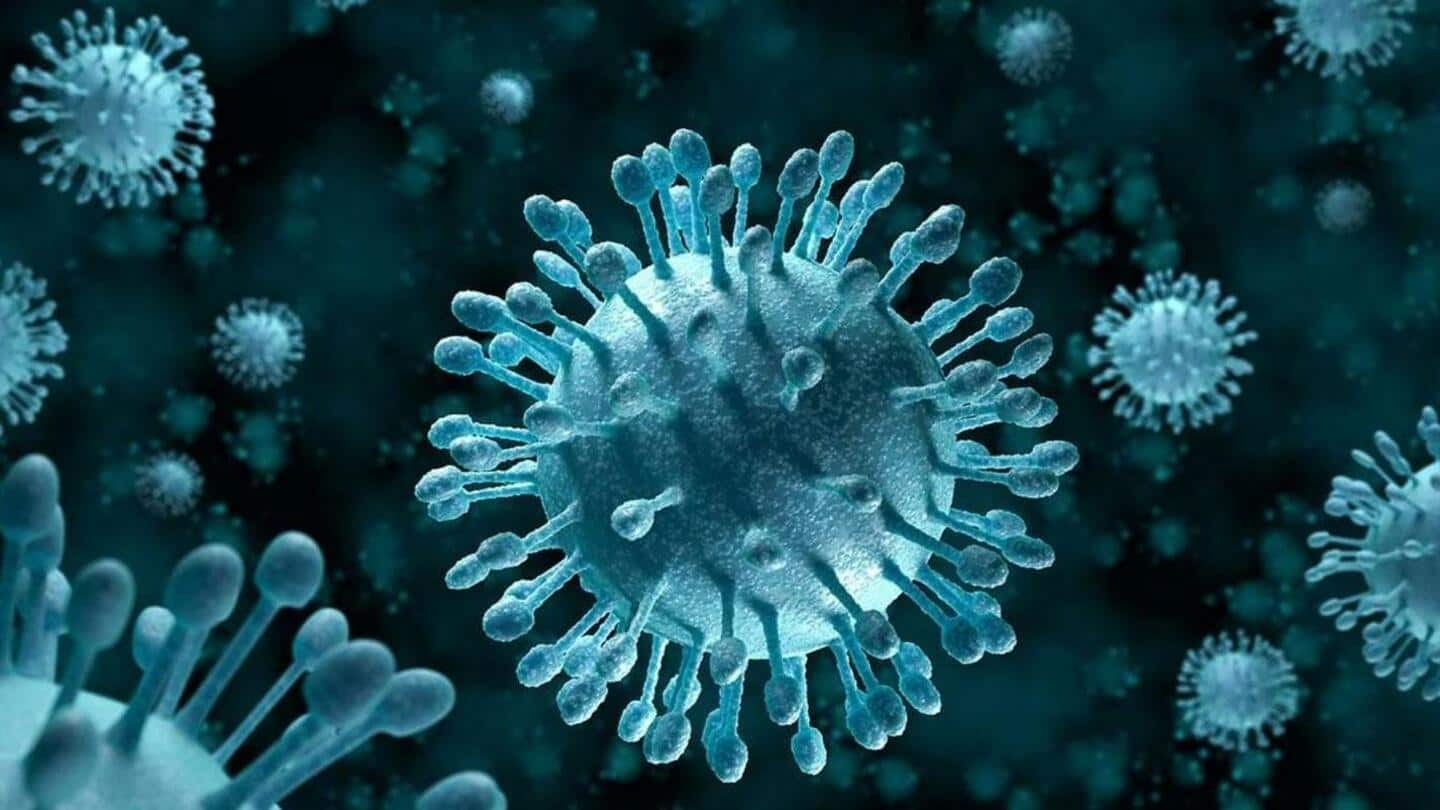
Scientists revive 48,500-year-old frozen zombie virus. Another Pandora's box?
What's the story
The glaciers and the permafrost that are melting as a result of global warming release frozen matter, including microbes, that have been trapped beneath the surface for years.
Now, a group of researchers has revived 13 viruses from seven Russian Siberian permafrost samples, out of which one was 48,500 years old. These "zombie viruses" could be infectious and pose a significant public health threat.
Context
Why does this story matter?
Almost one-quarter of the Northern Hemisphere is covered by permafrost, a permanently frozen layer beneath the surface of the Earth. It contains soil, gravel, and sand, which are usually held together by ice.
According to the researchers, pandemics like COVID-19 could become common since the melting permafrost can liberate viruses along with other pathogens that have been dormant for years together.
Details
Pandoraviruses can be seen under light microscopes
The 48,500-year-old virus has been named Pandoravirus yedoma, on the basis of its size and the type of soil it has been extracted from. Pandoraviruses can be visualized under light microscopes and are known to possess the largest viral genome.
On the other hand, 'yedoma' permafrosts are ice deposits rich in carbon and nitrogen and are vulnerable to the thawing process.
Study
Frozen organic matter, released by thawing, magnifies the greenhouse effect
"The thawing of permafrost has significant microbiological consequences," explained the preprint version of the study.
"First, above freezing temperatures, the return of liquid water triggers the metabolic reactivation of numerous soil microorganisms (bacteria, archaea, protists, fungi), exposing the organic material previously trapped in permafrost to decomposition, releasing additional carbon dioxide and methane, further contributing greenhouse gas to the atmosphere."
Information
The newly found virus breaks the previous record
The newly discovered virus breaks the previous record of a 30,000-year-old virus, which was discovered by the same research team in 2013. Last year in June, Russian scientists brought back "zombie" worms to life, that were trapped in the Arctic for almost 24,000 years.
Implications
The revival of prehistoric viruses could be 'disastrous'
"The situation would be much more disastrous in the case of plant, animal, or human diseases caused by the revival of an ancient unknown virus," said the study.
From what we know from the past and ongoing pandemics, it is clear that virus-mediated infections require specific treatment modalities, such as vaccines or antivirals since there are no equivalent broad-spectrum antibiotics for viruses.
Future work
Further studies are needed to investigate the level of infectiousness
According to the New York Post, the newly found virus could be the "tip of an epidemiological iceberg" and it's highly probable that there are more "hibernating viruses" which have not yet been discovered.
Future studies are required to assess the level of infectiousness of these viruses when exposed to outdoor conditions such as light, heat, and other environmental factors.